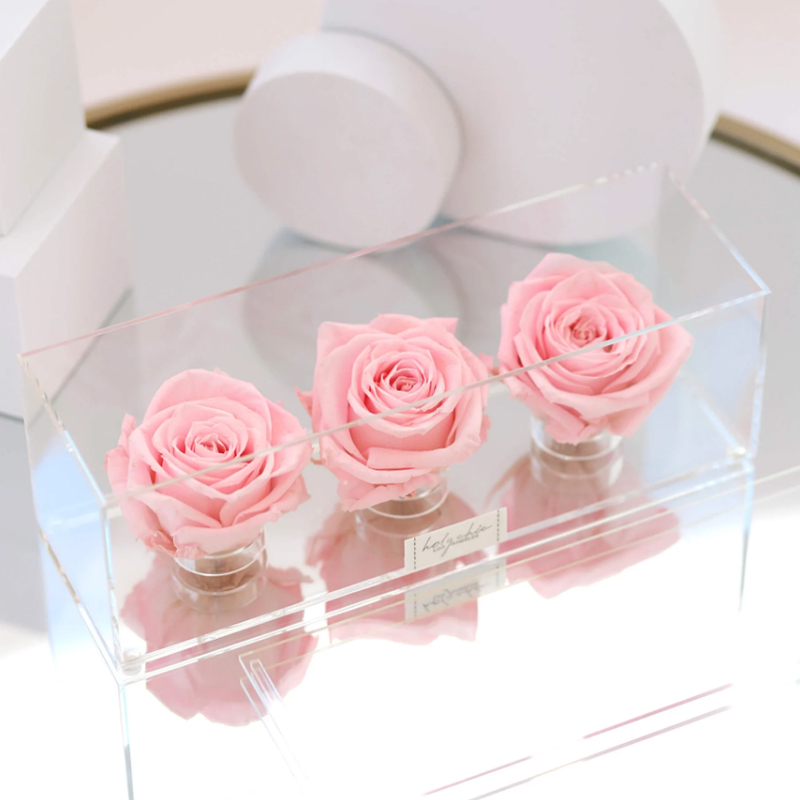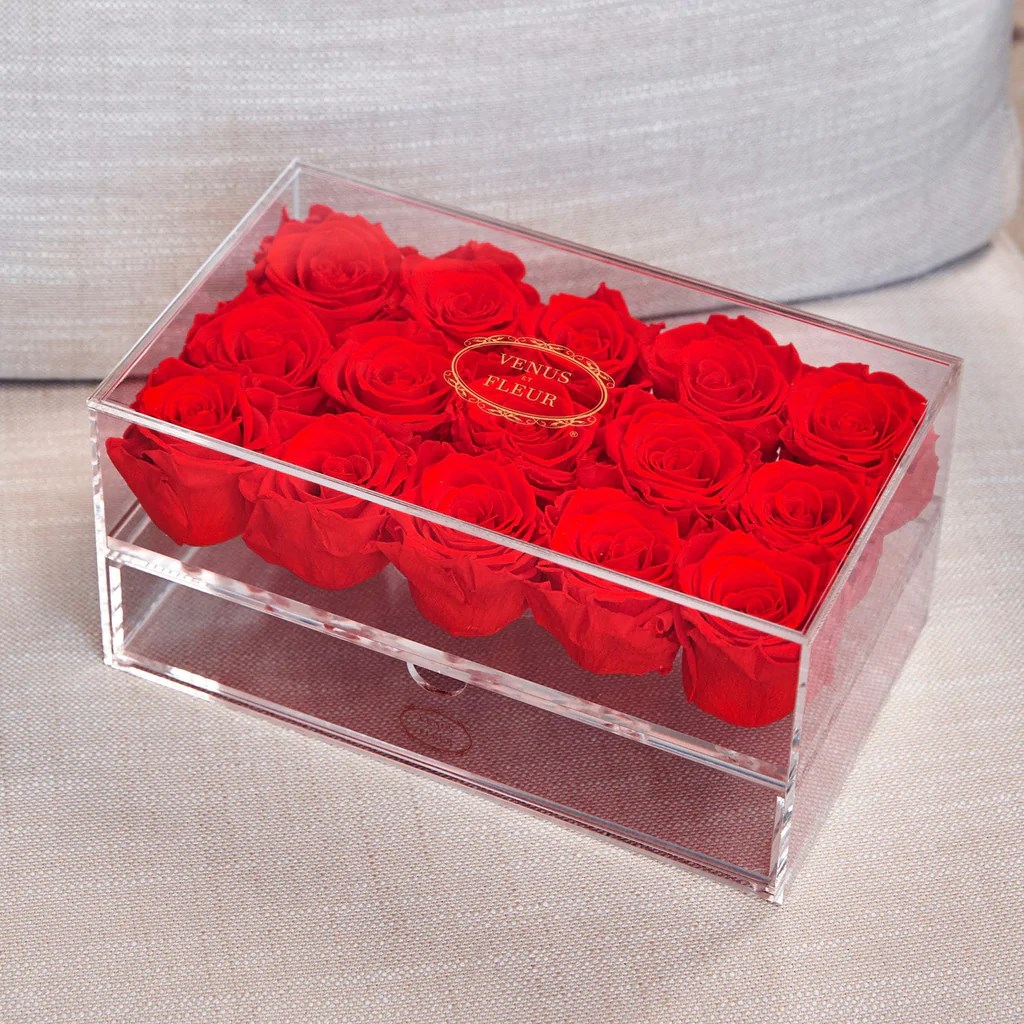- All
- Product Name
- Product Keyword
- Product Model
- Product Summary
- Product Description
- Multi Field Search
Views: 201 Author: XianDa Publish Time: 2024-12-24 Origin: Site

Content Menu
● How to Make a Simple Window Flower Box
>> Step 1: Measure Your Window
>> Step 4: Create Drainage Holes
>> Step 7: Mounting Your Flower Box
Creating a window flower box is a delightful way to enhance the beauty of your home while providing a perfect space for your favorite plants. This guide will walk you through the steps of making a simple window flower box, including materials needed, construction techniques, and planting tips. Additionally, we'll explore the importance of choosing the right flower box supplier to ensure quality and durability.
Before starting your project, gather the following materials:
- Wood or PVC boards (1"x10" for the box and trim)
- Wood screws or PVC glue
- Miter saw (for cutting angles)
- Drill (for drainage holes)
- Sandpaper (to smooth edges)
- Paint or sealant (optional for finishing)
- Potting soil
- Plants or flowers of your choice


When sourcing materials, consider reaching out to a flower paper box supplier for quality packaging solutions. These suppliers often provide durable options that can be used for various floral arrangements. Look for suppliers that offer eco-friendly products, as sustainability is increasingly important in gardening and home decor.
Measure the width of your window to determine the size of your flower box. A standard width is about 24 to 36 inches, but this can vary based on your preferences and window size. It's essential to ensure that the flower box fits well under the window without obstructing any view or light.
Using the miter saw, cut the wood or PVC boards according to your measurements:
- Front and back panels: Cut two pieces.
- Side panels: Cut two pieces.
- Bottom panel: Cut one piece.
Ensure all cuts are straight and smooth using sandpaper. If you prefer a more decorative edge, consider using a router to create rounded edges or other designs.
1. Join the Side Panels: Start by attaching the side panels to one of the end panels using wood screws or PVC glue. Make sure they are flush with the edges.
2. Attach Front and Back Panels: Secure the front and back panels to complete the rectangular shape of the box. Use clamps if necessary to hold everything together while you drill.
3. Bottom Panel: Attach the bottom panel using screws or glue. Ensure it is secure to hold soil and plants.
Using a drill, make several small holes in the bottom of the box for drainage. This step is crucial to prevent water from accumulating and damaging your plants. A good rule of thumb is to space holes about 6 inches apart.
If desired, paint or seal your flower box to protect it from weather elements. Choose colors that complement your home's exterior. For a rustic look, consider using wood stains instead of paint. Make sure any finish you use is non-toxic if you plan on growing edible plants.
1. Fill the bottom of your flower box with potting soil, leaving about an inch of space at the top.
2. Arrange your chosen plants in the soil, ensuring they are spaced adequately for growth. Consider using a mix of trailing plants and upright flowers for visual interest.
3. Fill in around the plants with more soil and water them gently.
Securely mount your flower box under your window using brackets or directly into the wall. Ensure it is level and stable; this will help prevent any accidents or damage when watering or maintaining your flowers.
To keep your window flower box looking its best:
- Water Regularly: Water regularly, especially during dry spells. Check soil moisture by sticking your finger about an inch into the soil; if it feels dry, it's time to water.
- Deadhead Flowers: Deadhead flowers to promote growth and encourage blooming throughout the season.
- Fertilize as Needed: Fertilize as needed based on plant requirements; use a slow-release fertilizer for convenience.
- Pest Control: Keep an eye out for pests such as aphids or spider mites. Use organic insecticidal soap if necessary.
Depending on where you live, you may want to change out your flowers seasonally:
- Spring/Summer: Consider vibrant annuals like petunias, geraniums, or marigolds.
- Fall: Opt for chrysanthemums or ornamental cabbage for seasonal color.
- Winter: Use evergreen branches or seasonal decorations like pinecones and berries for a festive touch.
There are numerous ways to customize your window flower box:
Choose colors that complement both your home's exterior and your garden's overall aesthetic. For example:
- Bright colors can create a cheerful look.
- Pastels can evoke a soft, romantic feel.
While rectangular boxes are common, consider other shapes like:
- Round containers for a unique look.
- Tiered boxes that allow for different plant heights.
For those who want more variety without taking up extra space, consider building a multi-tiered flower box that allows different levels of planting.
For a visual guide, check out this video on how to build window flower boxes:
[How To Build Window Flower Boxes](https://www.youtube.com/watch?v=7p6-cJZd6G0)
Building a simple window flower box is an enjoyable DIY project that adds charm to any home. By selecting high-quality materials from a reputable flower paper box supplier, you can ensure that your flower box will last for years while showcasing beautiful blooms.
Incorporating flowers into your living space not only beautifies it but also enhances air quality and provides mental health benefits through gardening therapy. Whether you're looking to grow herbs for cooking or colorful flowers for decoration, a well-made window flower box can serve as both an aesthetic feature and functional garden space.
---
1. What materials are best for making a window flower box?
- Wood and PVC are popular choices due to their durability and ease of maintenance.
2. How do I choose plants for my window flower box?
- Consider sunlight exposure and select plants that thrive in those conditions; annuals and perennials are great options.
3. Can I use recycled materials to make my flower box?
- Yes! Recycled wood or old containers can be creatively repurposed into beautiful flower boxes.
4. How often should I water my window flower box?
- Water based on plant needs; typically, once every few days is sufficient unless it's particularly hot.
5. Where can I find a reliable flower paper box supplier?
- Look for suppliers online that specialize in floral packaging; customer reviews can help gauge quality.